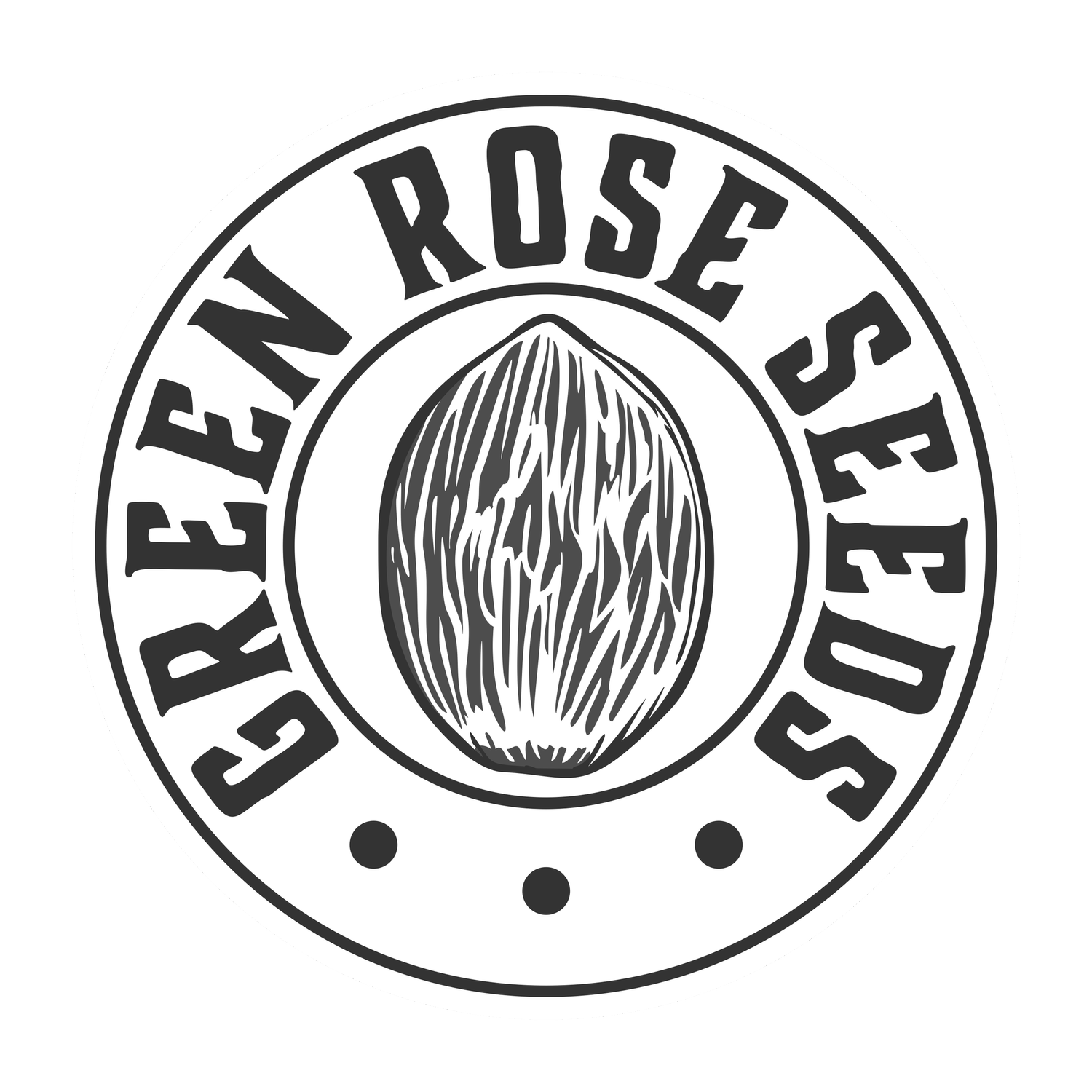Seed Storage
We recommend storing seeds in the fridge, as opposed to the freezer. The freeze/thaw cycles that can happen in a freezer due to power outages are detrimental to long-term germination rates.
Planting Autoflowers
When germinating autoflowers, we highly recommend that you plant them directly in their final pot. Transplanting autos can result in stunted plants and smaller yields. This is because autos have a unique trait: When their taproot is disturbed or reaches the bottom of a container, it triggers the plant to begin flowering. We recommend that you plant autos in their final pot because their root systems are so sensitive, and so that their taproot can grow undisturbed.
Leggy Seedlings
This is usually a sign that your seedlings need more light. Most of the time, a windowsill will not be enough light to support a young seedling.
Female and Male Plants
Female cannabis plants produce the flower you are expecting to harvest and smoke. Male plants produce pollen, and unless your goal is to make seeds they should be culled immediately. You don’t want to pollinate your females because the cannabis you harvest will be of lower quality.
Examining pre-flowers is a reliable method of determining the sex of your plants. Pre-flowers grow at branch internodes and can be seen with the naked eye. They can be found in early August outdoors, or 1-2 weeks after the switch to a 12/12 light schedule. Males develop small, round pollen sacs that will start shedding pollen in about ten days. Females will develop a pair of white, fuzzy, thread-like projections called stigmas (often incorrectly called pistils).
Re-Vegging
Selecting keeper plants, or pheno-hunting, can be challenging with Canada’s ‘four plants per household’ law. One technique to help with this limitation is the re-veg. Re-vegging a plant is when you change the light schedule from 12/12 back to 18 or 24 hours of light. Eventually, a growth shoot will emerge from a bud and you can take a clone to keep as your mother plant.
Leaf Anatomy
It’s helpful to use the same terminology when discussing cannabis. It makes it easier to diagnose nutrient deficiencies or pest problems you might eventually run into.
Hop Latent Viroid
Hop Latent Viroid (HLVd) is a plant pathogen that affects cannabis. It is one of many viroid diseases that infect a wide range of fruits, vegetables, and flowers. HLVd cannot affect humans, animals, or your pets. It’s not a human pathogen, so you don’t have to worry about ingesting cannabis flower containing Hop Latent Viroid either.
In 2019, it was discovered that HLVd made the jump from hops to cannabis and was having a negative effect on yields and cannabinoid levels of infected plants. Anecdotal evidence suggested parent to seed transmission of HLVd, and in spring 2023 Tumi Genomics confirmed this route of transmission with an important experiment. The experiment showed that either an infected male or an infected female plant will produce seeds that are also infected. When you plant those seeds, the frequency of seedlings that are infected can be as high as 43%. Growers are introducing a possible contamination into their tent or facility every time they germinate seeds from infected parents, or from parents they have very little information about.
What are the implications for home growers? First, you want to start with HLVd-free seeds. If you’re going to spend all that time, energy, and money on growing cannabis, then your yields and THC levels shouldn’t be negatively affected by this viroid. We’re also concerned that beginner growers might miss the symptoms of Hop Latent Viroid and get discouraged with growing in general because of the poor results that were beyond their control. Finally, if you find a ‘keeper’ plant that works for you, or is special in some way, you might not be able to hold onto it because removing HLVd from a cannabis plant costs thousands of dollars.
At Green Rose Seeds, our approach to HLVd is exclusion and eradication. We strive to exclude the viroid from our breeding stock and we plan to eradicate any HLVd-positive plants we identify. We might screen our library for resistant cultivars in the future, but for now we’re just working to test and eliminate Hop Latent Viroid if we find it in our facility.






